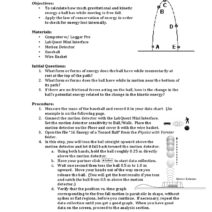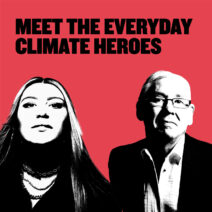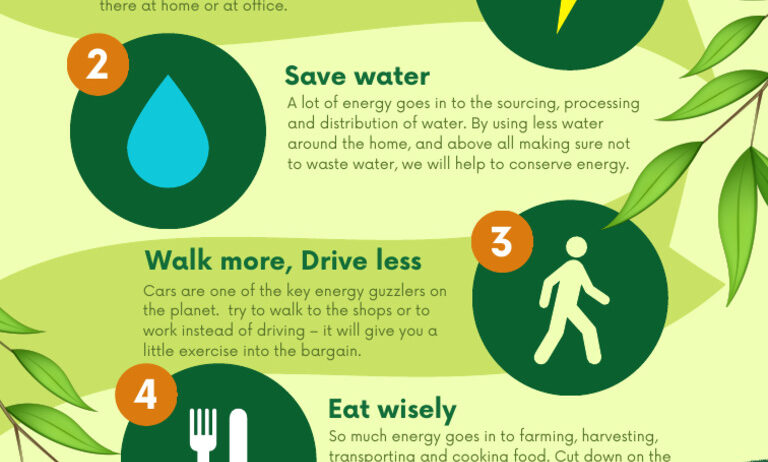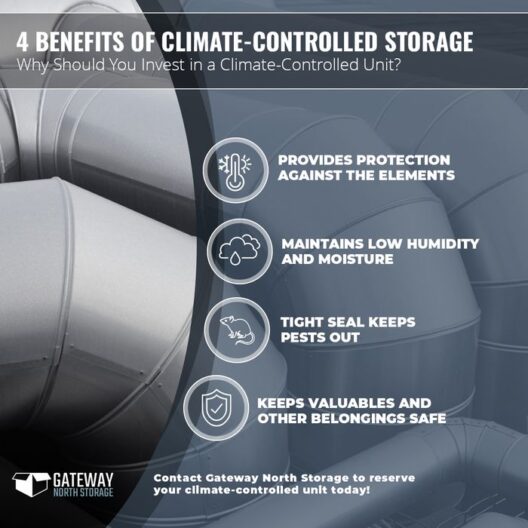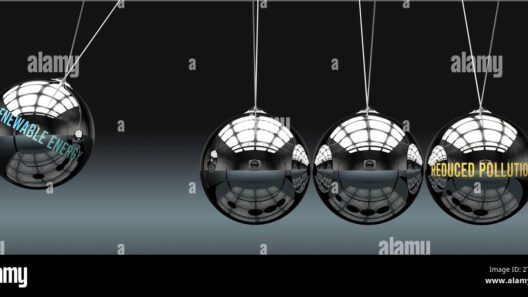When it comes to conserving energy, many individuals may feel overwhelmed by the sheer magnitude of the challenge. However, conserving energy doesn’t have to be an insurmountable task. Have you ever pondered how small changes could yield substantial benefits, both for your wallet and the environment? Let’s explore two highly effective ways to conserve energy: optimizing home energy usage and embracing alternative transportation methods. By adopting these simple yet impactful approaches, you can significantly reduce your energy footprint.
First and foremost, let’s delve into optimizing home energy usage. Our residences are often the largest consumers of energy, making them prime candidates for conservation efforts. The pivotal concept here is efficiency. A few adjustments can lead to remarkable energy savings. Consider the following strategies:
- Switch to Energy-Efficient Appliances: Many households still utilize outdated appliances that guzzle electricity. By replacing these with energy-efficient models, you not only reduce consumption but also lower your utility bills. Look for products labeled with the Energy Star certification, which indicates superior energy performance.
- Utilize Smart Home Technology: The advent of smart thermostats and lighting systems allows for enhanced control over energy usage. These devices learn your habits and optimize energy consumption accordingly. For example, smart thermostats can adjust heating and cooling based on whether anyone is home, ensuring energy isn’t wasted on empty rooms.
Moreover, your insulation plays a crucial role. Insufficient insulation can lead to significant energy loss, especially during extreme weather conditions. A well-insulated home keeps heat in during winter and hot air out during summer. This means your heating and air conditioning systems won’t have to work as hard, which is a win-win for both your energy bills and comfort.
The second approach to conserving energy centers around alternative transportation methods. Transportation contributes significantly to overall energy consumption and greenhouse gas emissions. Transitioning to more energy-efficient commuting habits can drastically alter this reality. Why not challenge yourself to rethink how you travel? Here are some suggestions that might pique your interest:
- Embrace Public Transport: Public transportation systems, such as buses and trains, are designed to carry many passengers simultaneously. By utilizing these services, you reduce the number of personal vehicles on the road, leading to decreased fuel consumption and lower emissions. Plus, it offers an opportunity to connect with your community during your commute.
- Try Cycling or Walking: For short distances, consider cycling or walking. These methods not only conserve energy but also contribute to physical fitness and overall well-being. Imagine how refreshing it would be to arrive at your destination energized and invigorated. Not to mention the profound sense of accomplishment that comes with choosing an ecologically sustainable mode of transport.
Now that we’ve outlined these two strategies, it’s time to address a playful challenge: could you commit to a month of energy conservation? Imagine documenting your efforts, noting the changes you implement, and witnessing the impact on your energy bills. Would you be willing to forego a couple of convenience-driven habits for a sustainable benefit? For instance, try tracking the number of days you use your car versus public transport or the frequency of your energy-efficient appliance use.
To support your journey, consider setting specific, measurable goals. Goals such as reducing your electricity consumption by 20% or switching to a bike for at least two commutes per week provide tangible benchmarks. Keep a journal to record your progress, capturing both successes and challenges. This reflection can foster motivation and provide insights into areas for further improvement.
In addition to these personal endeavors, also consider engaging your family and friends in the challenge. Invite them to share their progress, or even initiate friendly competitions to see who can conserve the most energy. Creating a support system reinforces commitment and can lead to a more significant impact as you collectively explore new conservation strategies.
As we conclude, keep in mind the broader implications of energy conservation. Each small action contributes to a larger movement towards sustainability. Not only does it encourage responsible energy consumption, but it also cultivates awareness about our ecological impact. Consider how your choices ripple through your community, potentially inspiring others to embrace energy-saving practices. This transformative potential should not be underestimated.
In summary, conserving energy is achievable through optimizing household energy usage and adopting alternative transportation methods. These steps not only promote personal savings but also foster a healthier planet for future generations. So, are you ready to take on the energy conservation challenge? Every little effort counts, leading to significant changes over time. The journey begins with a single step—what step will you take today?

